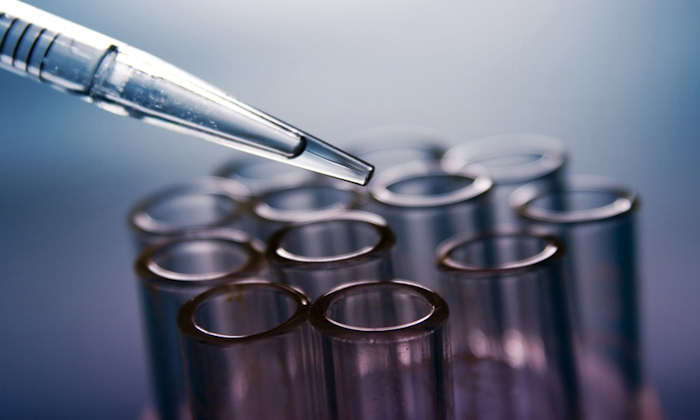Blood bacteria developing to clots could contribute to chronic diseases
07 Sep 2016
The discovery could help to explain many features of these kinds of diseases, and may lead to new methods of prevention or treatment

A group of scientists have found that a single molecule from a bacterial cell wall component can lead to the unusual behaviour of 100 million clotting molecules in blood, which may be a major contributor to many diseases.
The University team who worked with colleagues from The University of Pretoria tested blood and plasma for its ability to clot when the normal clotting agent thrombin was added. Normal, healthy blood clots have a spaghetti-like appearance. However, the results showed that tiny amounts of cell wall molecules such as lipopolysaccharide (LPS), which are shed by dormant bacteria, caused a highly anomalous clot to form dense deposits with very different fibres.
These can contribute to the chronic inflammation that is part of many supposedly non-infectious diseases. These include Alzheimer’s, Parkinson’s, ‘auto-immune’ conditions such as rheumatoid arthritis, cardiovascular problems such as stroke, and metabolic diseases including type 2 diabetes.
Professor Douglas Kell, Research Chair in Bioanalytical Science, said: “The breakthrough finding that tiny amounts of bacterial cell wall material can have a massive effect on causing blood to clot in an unusual way explains much about the biology of many of these diseases.”
